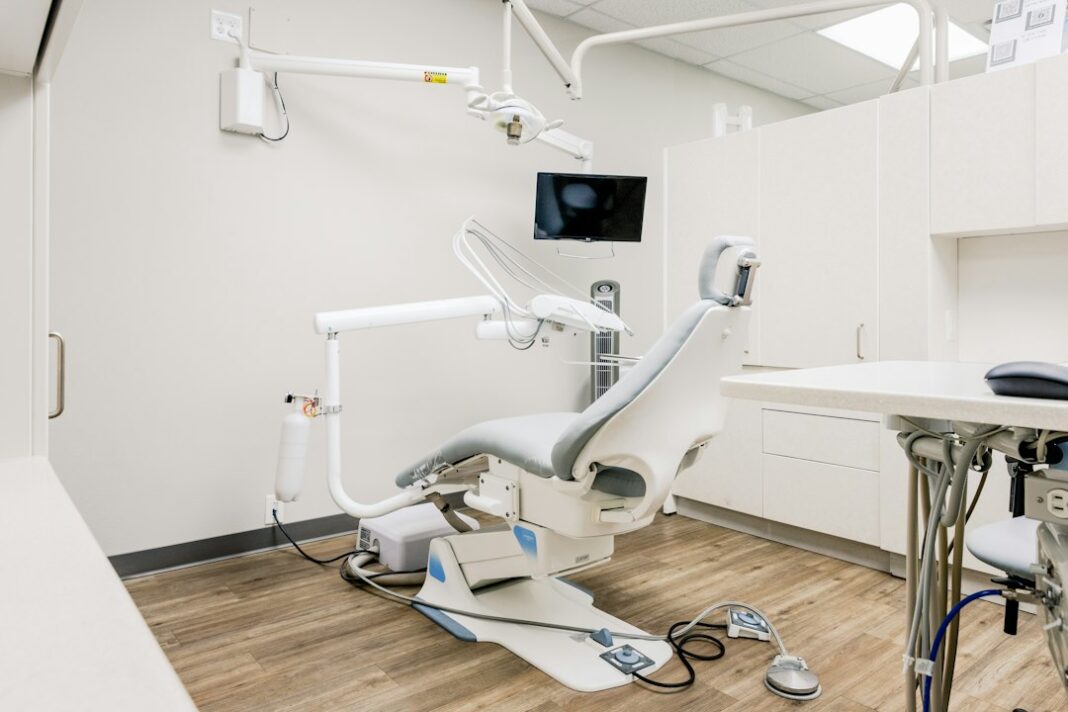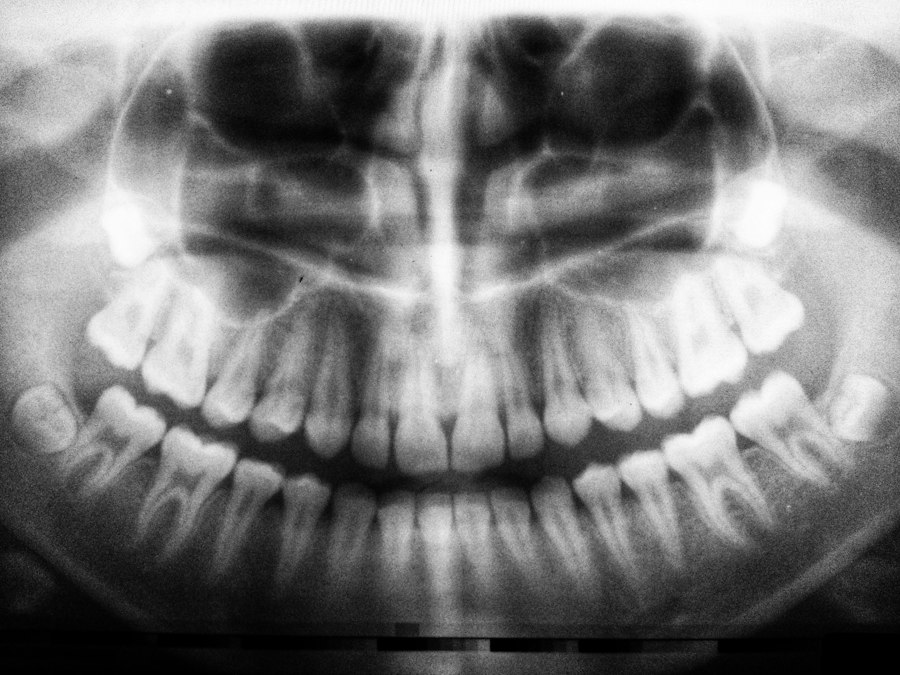“This post may contain affiliate links, if you click a link we may earn a commission if you purchase from that merchant.”
Dental health is an important aspect of overall well-being. Taking care of your teeth and gums not only helps prevent oral health issues but also contributes to your overall health. Dental insurance plays a crucial role in ensuring that individuals have access to necessary dental procedures and treatments. Understanding dental procedures and insurance coverage is essential for making informed decisions about your oral health.
Dental insurance coverage varies depending on the plan you have. Most dental insurance plans cover preventive care, such as routine cleanings and exams, as well as basic restorative procedures like fillings. Some plans may also provide coverage for more complex procedures like root canals, extractions, orthodontics, and cosmetic dentistry. It is important to review your dental insurance policy to understand what procedures are covered and what costs you may be responsible for.
Table of Contents
Key Takeaways
- Understanding dental procedures and insurance coverage is important for maintaining oral health and maximizing insurance benefits.
- Preventative care is crucial for oral health and can help prevent the need for more expensive procedures.
- Dental insurance can be complex, but it’s important to understand what is covered and what isn’t.
- Common dental procedures like fillings, crowns, and bridges are often covered by insurance.
- Orthodontics, root canals, and extractions may be necessary for some patients and may also be covered by insurance.
The Importance of Oral Health and Preventative Care
Maintaining good oral health is not only about having a bright smile; it also has a significant impact on your overall health. Poor oral hygiene can lead to various oral health issues such as gum disease, tooth decay, and bad breath. Additionally, research has shown that poor oral health is linked to other systemic conditions like heart disease, diabetes, and respiratory infections.
Preventative care plays a crucial role in maintaining good oral health. Regular dental check-ups and cleanings help identify any potential issues early on, allowing for prompt treatment and prevention of further complications. During these visits, your dentist will also provide education on proper oral hygiene techniques and offer personalized recommendations for maintaining optimal oral health.
Dental Insurance 101: What You Need to Know
Understanding the basics of dental insurance can help you make informed decisions about your oral health care. There are two main types of dental insurance: dental health maintenance organizations (DHMOs) and preferred provider organizations (PPOs). DHMOs require you to choose a primary dentist from a network of providers and typically have lower out-of-pocket costs. PPOs allow you to choose any dentist, but you may have higher out-of-pocket costs if you go out of network.
Dental insurance plans offer different coverage options, including preventive, basic, and major services. Preventive services usually include routine cleanings, exams, and X-rays. Basic services may include fillings, extractions, and root canals. Major services typically include more complex procedures like crowns, bridges, and dentures. It is important to review your dental insurance policy to understand what procedures are covered under each category and what percentage of the cost is covered.
When reviewing your dental insurance policy, it is helpful to familiarize yourself with common terms and definitions. Some common terms include deductible, which is the amount you must pay out of pocket before your insurance coverage kicks in; coinsurance, which is the percentage of the cost you are responsible for after meeting your deductible; and maximum annual benefit, which is the maximum amount your insurance will pay for dental services in a calendar year.
Common Dental Procedures Covered by Insurance
Routine cleanings and exams are typically covered by dental insurance plans. These preventive procedures help remove plaque and tartar buildup, identify any potential issues early on, and promote good oral health. X-rays are also commonly covered by dental insurance as they provide valuable information about the health of your teeth and gums that may not be visible during a visual examination.
Fluoride treatments are often covered for children as they help strengthen tooth enamel and prevent tooth decay. Sealants, which are thin plastic coatings applied to the chewing surfaces of molars to prevent cavities, may also be covered for children.
Fillings, Crowns, and Bridges: Restoring Your Smile
Fillings are one of the most common restorative procedures covered by dental insurance. They are used to repair teeth that have been damaged by decay or trauma. There are different types of fillings, including amalgam (silver) fillings and composite (tooth-colored) fillings. The type of filling used may depend on the location and extent of the decay.
Crowns and bridges are used to restore damaged or missing teeth. A crown is a cap that is placed over a damaged tooth to restore its shape, size, strength, and appearance. Bridges are used to replace one or more missing teeth by anchoring artificial teeth to adjacent natural teeth or dental implants. Insurance coverage for crowns and bridges may vary depending on the plan and the reason for the procedure.
Root Canals and Extractions: When Treatment is Necessary
Root canals and extractions are necessary when a tooth is severely damaged or infected. A root canal involves removing the infected pulp from the tooth and sealing it to prevent further infection. Extractions involve removing a tooth that cannot be saved.
Root canals and extractions are often covered by dental insurance, although coverage may vary depending on the plan and the reason for the procedure. It is important to review your dental insurance policy to understand what costs you may be responsible for.
Orthodontics: Straightening Your Teeth and Improving Your Bite
Orthodontic treatment is used to straighten teeth and correct bite issues. Braces and aligners are commonly used orthodontic treatments. Braces consist of brackets, wires, and bands that apply gentle pressure to gradually move teeth into their desired positions. Aligners, such as Invisalign, are clear plastic trays that are worn over the teeth and can be removed for eating and brushing.
Insurance coverage for orthodontic treatment varies widely. Some dental insurance plans provide coverage for orthodontics, while others may have limited coverage or exclude it altogether. It is important to review your dental insurance policy to understand what orthodontic treatments are covered and what costs you may be responsible for.
Teeth Whitening: Brightening Your Smile
Teeth whitening is a cosmetic dental procedure that helps remove stains and discoloration from the teeth, resulting in a brighter smile. There are different types of teeth whitening procedures, including in-office treatments and at-home kits. In-office treatments are typically more expensive but provide faster and more dramatic results. At-home kits are more affordable but may take longer to achieve desired results.
Insurance coverage for teeth whitening is generally limited as it is considered a cosmetic procedure. However, some dental insurance plans may offer coverage for teeth whitening if it is deemed medically necessary, such as in cases where tooth discoloration is caused by certain medications or medical conditions.
Cosmetic Dentistry: Enhancing Your Smile
Cosmetic dentistry focuses on improving the appearance of the teeth and smile. There are various cosmetic dental procedures available, including veneers, dental bonding, and gum contouring. Veneers are thin shells that are bonded to the front surface of the teeth to improve their appearance. Dental bonding involves applying a tooth-colored resin material to the teeth to repair chips, cracks, or gaps. Gum contouring is a procedure that reshapes the gum line to improve the appearance of the smile.
Insurance coverage for cosmetic dentistry is generally limited as it is considered elective and not medically necessary. However, some dental insurance plans may offer partial coverage for certain cosmetic procedures if they are deemed medically necessary for functional reasons, such as in cases where dental bonding is needed to restore a tooth with significant decay.
Maximizing Your Dental Insurance Benefits and Maintaining Oral Health
To maximize your dental insurance benefits, it is important to understand your coverage and take advantage of preventive care services. Schedule regular dental check-ups and cleanings to maintain good oral health and catch any potential issues early on. Follow your dentist’s recommendations for oral hygiene practices and take care of your teeth and gums at home.
When considering dental procedures, review your dental insurance policy to understand what procedures are covered and what costs you may be responsible for. If a procedure is not covered or if you have limited coverage, discuss payment options with your dentist. Some dental offices offer financing options or payment plans to help make dental care more affordable.
Remember, maintaining good oral health is not just about insurance coverage; it is about taking care of your teeth and gums for a lifetime. Make oral health a priority and schedule routine dental appointments to ensure that you are doing everything you can to maintain a healthy smile.
If you’re interested in learning more about dental insurance and how it works, you might also find our article on “Is Your Dental Covered by Your Personal Medical Insurance Plan?” helpful. This article explores the relationship between dental and medical insurance and provides insights into whether your personal medical insurance plan covers dental procedures. Understanding the coverage options available to you can help you make informed decisions about your dental health. Read more
FAQs
What are the most common dental procedures?
The most common dental procedures include cleanings, fillings, extractions, root canals, crowns, and bridges.
How are dental procedures covered by insurance?
Dental procedures are typically covered by dental insurance plans. The amount of coverage varies depending on the plan and the procedure.
What is a cleaning?
A cleaning is a routine dental procedure that involves removing plaque and tartar from the teeth and gums.
What is a filling?
A filling is a dental procedure that involves filling a cavity in a tooth with a material such as composite resin or amalgam.
What is an extraction?
An extraction is a dental procedure that involves removing a tooth from the mouth.
What is a root canal?
A root canal is a dental procedure that involves removing the infected or damaged pulp from a tooth and filling it with a material to prevent further infection.
What is a crown?
A crown is a dental procedure that involves placing a cap over a damaged or decayed tooth to restore its shape and function.
What is a bridge?
A bridge is a dental procedure that involves replacing one or more missing teeth with a prosthetic device that is anchored to the surrounding teeth.



































